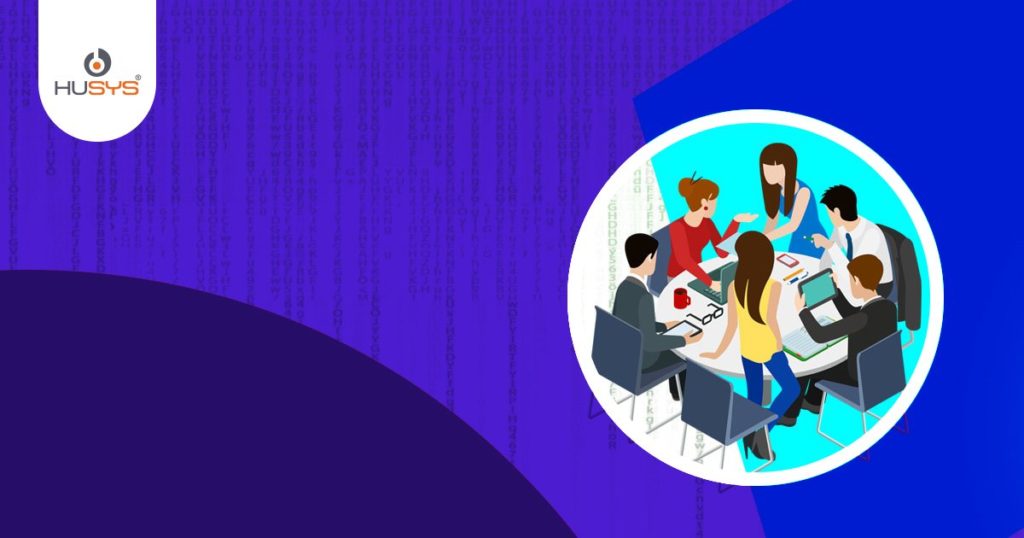The present Union Budget provides an impetus to build a more vibrant nation & reach the target of USD 10 trillion economy by 2030, without any hassle.
It covers different information to benefit different facets, professionals or people. For example- a farmer wouldn’t have an interest in ESOP but a person works in startups would! Similarly, we have compiled a list of a few key announcements for HR professionals so that you don’t have to juggle around to find the important changes:
- Income Tax
Precisely, this new tax regime is more simplified as it comes with lower rates & fewer deductions. The honor of choice remains in the hands of the taxpayer because the new system will co-exist with the old.
Additionally, there were 4 slabs in the old regime which have been simplified to 7, in the new, in order to provide a feasible path to the taxpayers.
Here are the proposed tax slabs:
Total Income in Rupees Income Tax Rates Up to 2.5 lakh 0 2,50,001- 5,00,000 5% 5,00,001- 7,50,000 10% 7,50,001- 10,00,000 15% 10,00,001- 12,50,000 20% 12,50,001- 15,00,000 25% Above 15,00,000 30% The people who have net taxable income up to 5,00,000 Rs will continue to avail zero percent tax. Individuals who opt for proposed tax regimes will continue to pay the tax following the old tax system (FY 2020-21 same as 2019-20) till the tax regimes are passed by the parliament.
Certain deductions like house rent allowance, employment benefits, interest on a home loan on self-occupied & rented out properties, & more will not be reaped in the proposed budget.
“Persons who claim higher tax exemptions will be benefited from the old tax regimes only,” experts reiterated after conjecturing the proposed tax regimes.
- EPF
People who earn high salaries will be burdened on taxes more because if their employers’ contribution to EPF (Employer Provident Fund) is more than 7.5 lakhs then they will be entitled to pay more taxes.
This applies to superannuation and National Pension Scheme (NPS) fund as well.
Well, it can be understood by an example-
Rakesh is earning 1 crore as an annual salary and his EPF contribution from the employer’s side will be 12% that is- 12 lakhs. Following the current scenario, the employee will be entitled to pay tax on the remaining 4.5 lakhs as 7.5 lakhs come under the exemption.
- Benefit for taxpayers who’ve rented out their property
Under the new proposed tax regime, an employee or a person who has rented out his property & pays interest on housing loan, can claim a tax break under section 24 (b (even if he chooses the new tax regime).
Though there are many tax breaks that aren’t available in the new tax regime, a landlord can still claim the benefit on the home loan’s interest. The landlords are allowed a deduction of 30% from the net rental income received.
But, employees or people who have taken home loans on the self-occupied house will not enjoy the benefits, as mentioned earlier.
- Easing the process of PAN card allotment
The PAN cards will be issued online within just a click & you will just have to enter the details of Aadhaar card.
This is how a person would be able to get e-PAN based on Aadhaar:
- Visiting the income tax department website
- Entering the Aadhaar number
- Following the verification process with an OTP
- The pan card will be allotted
Individuals will be able to download the pan card & use it for further process right after the Aadhaar’s verification.
- ESOP
Employee Stock Option Plan (ESOP) is the best way to retain quality talent for startups. This not only helps the employees to claim the exact amount equivalent to their effort but invokes the feeling of being valued.
The 2020 budget has proposed to defer the payment of tax by five years, when they sell the shares, or till they leave, whichever is earliest.
It becomes hard with the existing ESOP for employees to maintain a cash-flow as it is taxable at the time of exercise. Experts find this move as a great boost for the start-up ecosystem.
Bottom Line
With the changes in income tax for salaried employees & ESOP for startups’ stars, budget 2020 is seen as momentum for reaching the 2030 target ASAP.
[/fusion_text][/fusion_builder_column][fusion_global id=”11531″][/fusion_builder_row][/fusion_builder_container][fusion_global id=”9158″]




